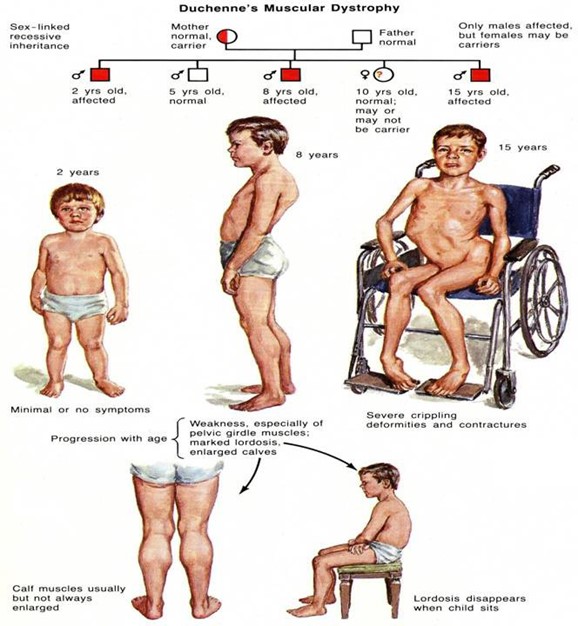A nurse is assisting with the care of a newly-admitted client who has acute osteomyelitis.
Which of the following interventions is the priority for the nurse to implement?
Antipyretic therapy.
Antibiotic therapy.
Optimal nutrition and hydration.
Surgical debridement of necrotic tissue.
The Correct Answer is B
The priority intervention for a newly-admitted client who has acute osteomyelitis is antibiotic therapy.

Choice A is incorrect because antipyretic therapy is not the priority intervention.
Choice C is incorrect because optimal nutrition and hydration are not the priority intervention.
Choice D is incorrect because surgical debridement of necrotic tissue is not the priority intervention.
Nursing Test Bank
Naxlex Comprehensive Predictor Exams
Related Questions
Correct Answer is D
Explanation
Difficulty climbing stairs is an early sign of muscular dystrophy.
This is because the condition causes progressive muscle weakness, which can make it difficult for the child to perform physical activities that require muscle strength.

Choice A is not the best answer because high fevers and tiredness are not specific to muscular dystrophy and can be caused by many other conditions.
Choice B is not the best answer because muscular dystrophy causes muscle weakness, not increased muscle strength.
Choice C is not the best answer because respiratory infections and obesity are not specific to muscular dystrophy and can be caused by many other conditions.
Correct Answer is A
Explanation
Pregnant vegans should ensure they are getting enough vitamin B12, which is essential for the development of the infant’s nervous system.
Vitamin B12 is found almost exclusively in animal products, so vegans should consume fortified foods such as cereals or take a supplement to ensure they are getting enough of this important nutrient.
Choice B, Milk, and cheese, is not correct because it is not vegan.
Choice C, Nuts, seeds, and chocolate, is not correct because it does not address the need for vitamin B12.
Choice D, Carrots, sweet potatoes, and mangoes, is not correct because it does not address the need for vitamin B12.
Whether you are a student looking to ace your exams or a practicing nurse seeking to enhance your expertise , our nursing education contents will empower you with the confidence and competence to make a difference in the lives of patients and become a respected leader in the healthcare field.
Visit Naxlex, invest in your future and unlock endless possibilities with our unparalleled nursing education contents today
Report Wrong Answer on the Current Question
Do you disagree with the answer? If yes, what is your expected answer? Explain.
Kindly be descriptive with the issue you are facing.
